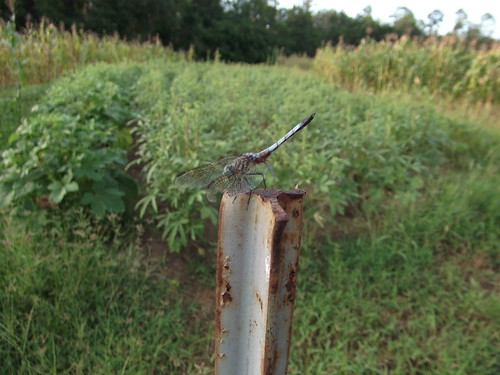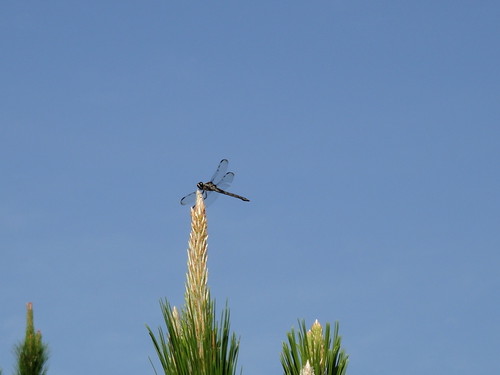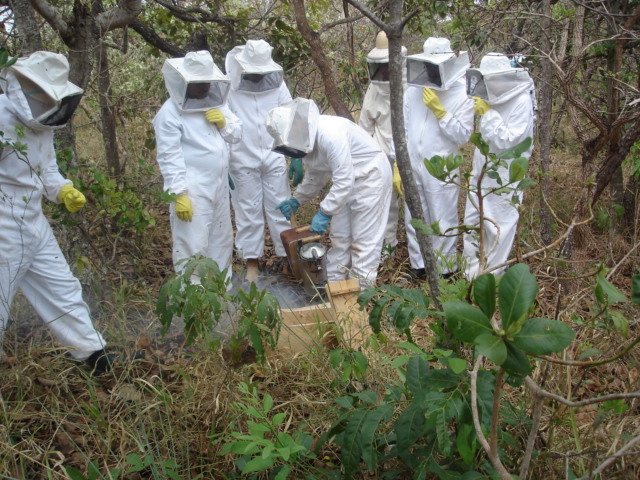Is corporate profit worth wiping out honeybees?

Brian Wallheimer wrote in ScienceDaily 12 Jan 2012,
Honeybee Deaths Linked to Seed Insecticide Exposure,
Analyses of bees found dead in and around hives from several
apiaries over two years in Indiana showed the presence of
neonicotinoid insecticides, which are commonly used to coat corn and
soybean seeds before planting. The research showed that those
insecticides were present at high concentrations in waste talc that
is exhausted from farm machinery during planting.
The insecticides clothianidin and thiamethoxam were also
consistently found at low levels in soil — up to two years
after treated seed was planted — on nearby dandelion flowers
and in corn pollen gathered by the bees, according to the findings
released in the journal PLoS One this month.
 “We know that these insecticides are highly toxic to bees; we found
them in each sample of dead and dying bees,” said Christian Krupke,
associate professor of entomology and a co-author of the findings.
“We know that these insecticides are highly toxic to bees; we found
them in each sample of dead and dying bees,” said Christian Krupke,
associate professor of entomology and a co-author of the findings.
The authors are careful to say they don’t claim to have found the
only cause of honeybee deaths, because they can’t prove that.
They do seem to have proved specific insecticides are one cause.
Is wiping out honebees worth the profits of a very few large
agrobusinesses that sell these poisons?
Who sells this stuff, anyway?
Bayer, Arysta, and Valent sell clothianidin, and
Syngenta (SYT)
sells
thiamethoxam.
What’s Syngenta’s excuse?
How do we feed a growing world population?
By poisoning honeybees, apparently.
-jsq










